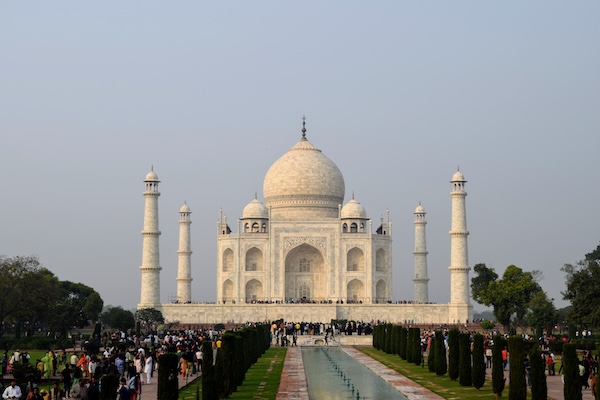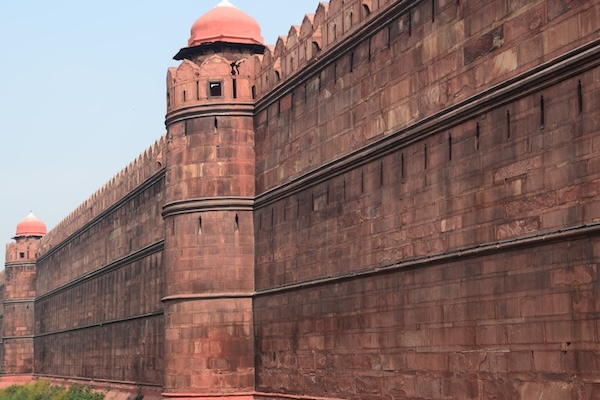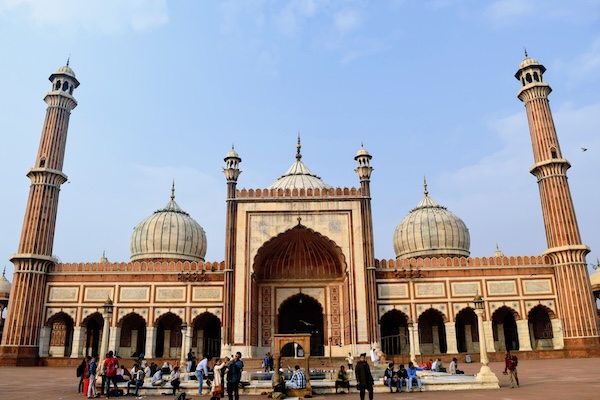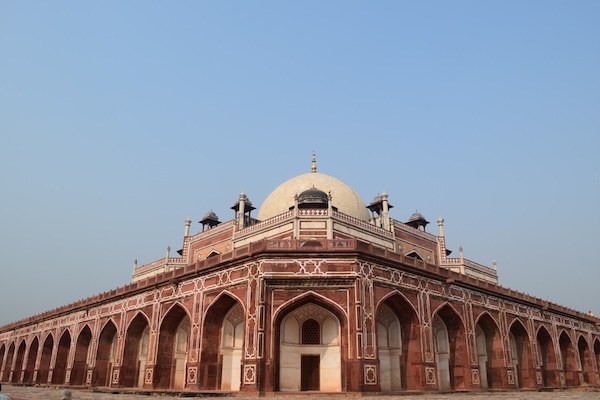kuniga.me > Amuseum > Mughal Architecture
Mughal Architecture
The Mughal empire lasted from 1526 to 1858 and occupied parts of today’s India and Pakistan. During this period different emperors built monumental buildings in a distinctive style, blending elements from Persian (via Central Asia) and South Asian art.
The most famous example of such architecture is the Taj Mahal, built by the emperor Shah Jahan, where he and his favorite consort Mumtaz Mahal are buried.

Another example of Mughal architecture is the Red Fort in Delhi, also built by Shah Jahan. The Red Fort housed the famous Peacock Throne which was taken by Nader Shah of Iran in 1739 during the sack of Delhi.

The Mughal emperors were muslims and built many mosques. Shah Jahan built the Jama Masjid in Delhi.

In Delhi is also the tomb of Humayun, the second Mughal emperor.

The third Mughal emperor, Akbar, build the new capital called Fatehpur Sikri near Agra. It only lasted for about 15 years before being abandoned.
